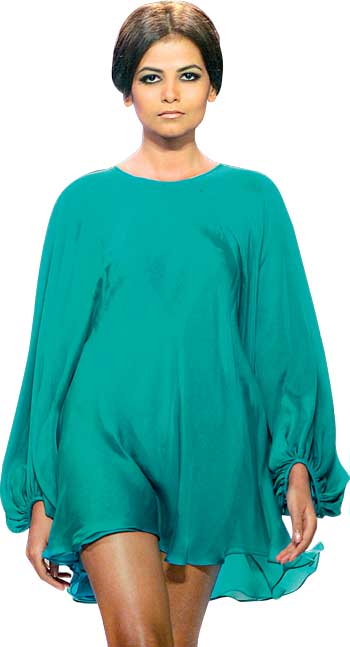Reply To:
Name - Reply Comment

In any country, the fashion and beauty industry has mostly been driven by an entrepreneur spirit. Take the case of major brands that once were the last names of enterprising businessmen and women. From Coco Chanel to Body Shop, fashion and beauty industries have benefitted from the expressions of business-savvy women who saw opportunities and potential in a brand.
In Sri Lanka, we have had our share of fashion entrepreneurs no less. But in an industry that needs regular business and a strategy for consistency, what we should be concerned about is the sheer volume of fashion enterprises that take off almost every day. Do they survive – or are they more about someone’s passion for fashion rather than sound business sense?

Starting a business is not easy, as we all know. You need to have your strategy sorted out, your homework done, your investment taken care of. But beyond the starting point, what you should plan for and be focused on, is ensuring that you can keep your business going.
Although we seem to have a matured fashion industry, with many designers, retailers and many others springing up on social media in marketing their creations, we don’t seem to have made much headway when it comes to sustaining the industry. Granted, our volumes are small so there’s no real potential for the kind of growth that perhaps is more likely to be seen in bigger markets. But more importantly, what many in the industry don’t seem to understand or realize is that beyond glitzy catwalks and gorgeous creations lay the hard work of building and sustaining a fashion brand that
is bankable.
It is also about utilizing entrepreneurial skills to build a successful fashion brand that can survive on its own strength, a brand that combines personality with style, elegance and class. That can assure the customer that it indeed sits well with the lifestyle and preferences.
Technology has done wonders for businesses everywhere and fashion and beauty are no exceptions. Today, hundreds of customers all over the world, including Sri Lanka, buy fashion accessories and clothing online. Technology has empowered smaller but talented designers to market their clothing to the entire market. Facebook powers many such small businesses and Instagram is an ideal platform too.
But beyond that, have the fashion industry and its key stakeholders developed a strategy to keep the industry growing in the long term? What are the key performance indicators that assure us that the industry is indeed growing and that there is potential for all participants?
On the surface at least, what you see are creations and collections in between – of course, the established retailers and designers have their customers and hence, their market. But that too waxes and wanes as per seasons. Have we developed enough interest and innovation to keep the consumers engaged throughout the year?
Fashion can be a fickle thing – trends come and go, hemlines go up or down and suddenly, a fad becomes so recognizable that it makes sense to base an entire collection on it. And once again, technology helps remove boundaries and blur the lines that once were firmly in place. Somebody’s fad may not necessarily translate into profit for someone else.
What we need to see is maturity that will provide sustainability. We stress on a sustainable economic indicators yet for the fashion industry, apart from a few fashionable words that feel good to mouth about sustainability as a gauge, much is left to be done to address long-term partnerships, long-term strategy and continuous business expertise.
As we all know by experience, the toughest test a business faces is to continue being relevant. How relevant is our fashion industry to the consumer? How much of a stake does the industry hold out for consumers to experience, experiment and learn?
Fashion is also about innovation and experimenting in a way that makes sense not just for haute couture but also for everyday consumers. It is also about introducing the individual to the kind of wearability and comfort that customers seek in the long run. For an example, in this smoldering heat, anything other than linen or cotton can cause buckets of perspiration. Are the designers and retailers showcasing cool and comfortable linen and cotton wear? Is there innovation and other powerful indicators visible in their collections?
Fashion is a lifestyle-related industry that often combines global trends and local appeal – the local component is key for long-term survival. It also needs a sound dose of creativity to survive. We would do well to keep it all in mind.
(Nayomini Weerasooriya, a senior journalist, writer and a PR professional, can be contacted at [email protected])